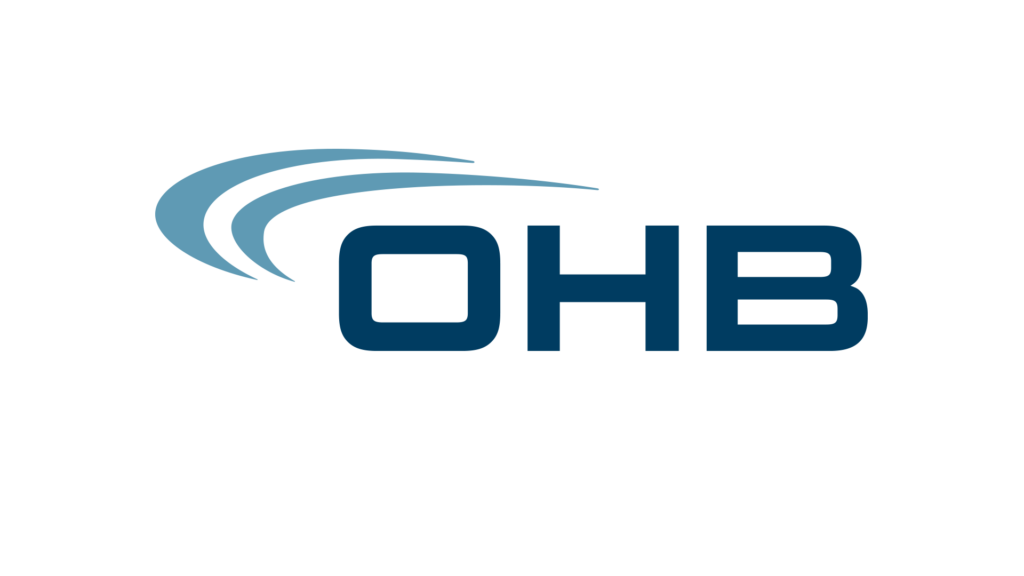What if the secret to a thriving, innovative workplace isn’t a big-budget retreat or a flashy new app, but something much simpler? Imagine a team where people truly know and trust each other—not just on paper, but in the moments between meetings, in shared laughter, and in honest conversations. This is the promise of building authentic connections: the power of small-group activities in the workplace. It’s not just a feel-good idea; it’s a proven strategy for engagement, retention, and genuine culture change. Let’s explore how these small moments create big results.
Beyond Handshakes: Why Genuine Bonds Beat Generic Team Building
Most employees have sat through awkward icebreakers or trust falls that feel more like obligations than opportunities. But authentic connection isn’t about checking a box or staging a one-off event. It’s about creating real bonds that last beyond the activity itself.
Engagement, Retention and the Bottom Line
Organizations with strong cultures and genuine relationships consistently outperform their peers. According to Gallup’s State of the Global Workplace Report, companies with high engagement see 21% higher profitability and 41% lower absenteeism. Employees who feel connected are more likely to stay, contribute ideas, and go the extra mile. It’s not about perks—it’s about people.
My journey has taught me that authentic connections have the power to reshape workplace culture. They help people feel seen, valued, and empowered to contribute their best work.
— Alexandra Feliciano, HR & Talent Consultant
What Research Reveals About Psychological Safety
The foundation of authentic connection is psychological safety—the sense that you can speak up, ask questions, and make mistakes without fear. Research from MIT Sloan and PwC’s Global Culture Survey confirms that teams with high trust and open communication are more innovative and resilient. When leaders model vulnerability and invite honest feedback, teams thrive.
The Psychology of Small Groups: How Intimacy Fuels Trust and Innovation

Why do small groups work so well for building authentic connections? The answer lies in human psychology.
Dunbar’s Number and the Magic of “Four”
British anthropologist Robin Dunbar found that humans can maintain about 150 social relationships, but our deepest trust forms in much smaller circles. Groups of three to five create the sweet spot—the “magic of four”—where everyone can participate, listen, and be heard. In these settings, individuals feel safe to share ideas and take risks.
From Conversation Depth to Idea Flow
Small groups encourage deeper conversations, not just surface-level chat. People are more likely to open up, ask questions, and challenge assumptions. This intimacy sparks creativity and accelerates problem-solving. When employees feel genuinely connected, idea flow is natural, and collaboration becomes effortless.
A safe environment encourages innovation and allows individuals to bring their whole selves to work.
— Mark L. Qualls, HR Strategy Executive
Building Authentic Connections: The Power of Small-Group Activities in the Workplace
So, what does “authentic” really mean in a corporate context, and how do you spot activities that truly spark connection?
Defining “Authentic” in a Corporate Context
Authentic connections go beyond polite greetings or team lunches. They are rooted in trust, openness, and genuine curiosity about each other’s perspectives. In the workplace, authenticity means:
- Valuing people for who they are, not just their job titles
- Encouraging honest feedback and diverse viewpoints
- Creating space for vulnerability and real conversation
When leaders model these behaviors, employees feel safe to contribute their full selves.
Spotting Activities That Spark Real Dialogue
Not all team-building activities are created equal. The best ones:
- Encourage open-ended conversation, not just task completion
- Allow for sharing of personal experiences or interests
- Involve small groups (ideally 3–5 people) to maximize participation
- Feel informal and low-pressure
Activities that check these boxes—like peer learning circles or walk-and-talks—tend to create lasting bonds, not just fleeting moments.
Crafting Your Activity Mix: 5 Small-Group Formats That Actually Work
Building authentic connections: the power of small-group activities in the workplace comes alive when you choose formats that fit your team’s needs and culture. Here are five proven options:
Peer Learning Circles
Small groups meet regularly to share knowledge, discuss challenges, or learn new skills together. These circles foster trust and psychological safety by encouraging honest dialogue and peer support.
Micro-Volunteering Sprints
Teams of three to five tackle a short volunteer project—like assembling care packages or writing thank-you notes. This shared purpose creates a sense of accomplishment and deepens bonds.
Walk-and-Talk Breaks
Pair up or form trios for a 20-minute walk (in person or virtually, with everyone moving). The informal setting lowers barriers and sparks genuine conversation.
Virtual Coffee Trios
Randomly match three colleagues for a relaxed virtual coffee break. With no agenda, participants can share stories, interests, or simply check in—recreating the “watercooler” magic for hybrid teams.
Creative Problem-Solving Labs
Small groups brainstorm solutions to real workplace challenges. These labs encourage diverse thinking, active listening, and collective ownership of outcomes.
Running a Session Like a Pro: Prep, Facilitation and Follow-Up
Facilitating small-group activities isn’t about rigid scripts—it’s about creating space for connection and insight.
Setting Outcomes and Group Size
Start by defining a clear purpose. Is the goal to solve a problem, learn something new, or simply connect? Keep groups small (ideally 3–5 people) to ensure everyone has a voice and feels included.
Icebreakers That Don’t Make People Cringe
Choose icebreakers that invite real sharing, not forced fun. Examples include:
- “Share one thing you’ve learned about yourself recently”
- “What’s a small win you had this week?”
- “Show an object on your desk that has meaning for you”
These prompts encourage authenticity without pressure.
Debrief Techniques to Cement Insights
After the activity, take a few minutes to reflect as a group:
- What did we learn about each other?
- What surprised you?
- How can we apply these insights in our daily work?
This simple debrief helps translate connection into ongoing collaboration.
To forge an enduring culture, we must address Mindset, Abilities, Processes, and Structures to create an environment that reinforces a positive and desired workplace culture.
— Lily Woi, Organizational Culture Consultant
Keeping Hybrid Teams Close: Virtual Tweaks That Preserve Human Touch
Building authentic connections: the power of small-group activities in the workplace is just as important in hybrid or remote settings. The key is intentional design.
Camera-Optional, Connection-Mandatory Guidelines
Respect comfort levels by making cameras optional, but set clear expectations for active participation. Encourage everyone to use chat, reactions, or voice to engage.
Tools and Platforms That Lower Friction
Choose platforms that make it easy to schedule, join, and participate in small-group activities. For example, Neroia’s AI-driven platform effortlessly matches employees based on interests and availability, reducing planning headaches and ensuring that every interaction feels natural and secure.
Tracking Success: Simple Metrics to Prove It Worked (and Improve It)

How do you know if your small-group activities are making a real difference? Measure what matters.
Pulse Surveys and Network Diagrams
Short, regular surveys ask employees how connected they feel and what’s working. Network diagrams can visualize who is interacting with whom, revealing hidden silos or new bridges.
Tying Connection Scores to Performance Metrics
Look for links between connection scores and key outcomes like engagement, retention, or innovation. For example, teams with high connection ratings often report faster decision-making and fewer misunderstandings.
Bullet List: Signs of Authentic Connection in Small Groups
- Open, honest conversations (not just “status updates”)
- Willingness to share challenges and ask for help
- Active listening and encouragement of diverse views
- Laughter, storytelling, and personal anecdotes
Bullet List: Common Obstacles (and Solutions) to Connection
- Lack of psychological safety → Train leaders to model vulnerability
- Siloed departments → Create cross-functional projects
- Over-scheduled calendars → Use AI tools to simplify planning
- Forced or awkward activities → Prioritize informal, interest-based formats
Ordered List: 5-Step Roadmap for Leaders to Build Authentic Connections
- Map your cultural baseline
Assess current strengths and gaps using surveys and interviews. - Co-create connection goals
Involve employees in setting meaningful, relevant objectives. - Embed connections into daily routines
Integrate small-group activities into onboarding, meetings, and recognition. - Celebrate small wins relentlessly
Publicly acknowledge progress and positive behaviors. - Iterate, scale, and sustain
Regularly review feedback, adjust strategies, and expand what works.
Conclusion: Small Groups, Big Impact
Building authentic connections: the power of small-group activities in the workplace is not a passing trend—it’s the engine of workplace transformation. When teams connect in real, meaningful ways, engagement soars, innovation follows, and culture becomes more than a buzzword.
Neroia stands out as the best option for organizations ready to make authentic connection effortless and lasting, blending AI-driven activity matching with a focus on privacy and user experience.
Ready to watch your workplace thrive? Start with small groups, and you’ll see big results—one authentic connection at a time.




